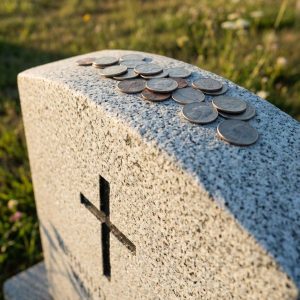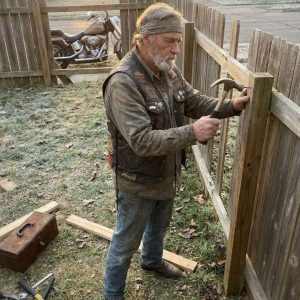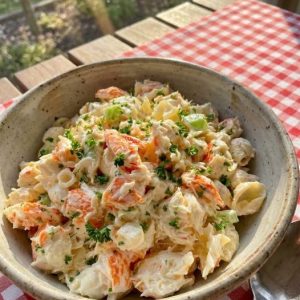When I moved into the neighborhood three weeks after my husband passed, it wasn’t by choice. The rent was cheap—too cheap—and I quickly understood why. The area felt unsafe. One afternoon, a huge, tattooed man walked toward me, and my heart sank. But instead of threatening me, he offered to carry my groceries. “I stick around to make sure folks don’t have to walk alone,” he said. That was my first encounter with Marcus.
Soon after, I began noticing small acts of kindness connected to him. Warm pastries left on my doorstep. Helping an elderly man with groceries. Breaking up a fight outside the liquor store. Curious, I asked around and learned Marcus had turned his life around after a rough past. He worked at the rec center, looked after his sister Leila, and quietly kept the neighborhood safe. I baked banana bread to thank him, and that was the beginning of our friendship.
We grew closer. He fixed my porch light, stopped by for tea, and always seemed to be there when someone needed help. But one day, he disappeared. Leila came to my door in tears: Marcus had been attacked walking home and was in the hospital. Seeing him bruised and broken was devastating. “Who else will help if I can’t?” he asked. That’s when I realized—I could.
I started small: walking with elderly neighbors, organizing a food drive, encouraging kids to pitch in. Slowly, others joined. Miss Clara’s dog got walked, soup was shared, trash disappeared. By the time Marcus returned, the block was alive with hope. At a summer block party, he smiled at me. “You’ve turned this place around.” “No,” I said, “we did.”
Months later, the landlord lowered rent, citing fewer complaints and stronger community spirit. Standing outside, I saw Marcus jogging, still healing but smiling. Our street had become home. And I finally understood: sometimes, the scariest places don’t need escaping. They just need someone willing to help change them.





